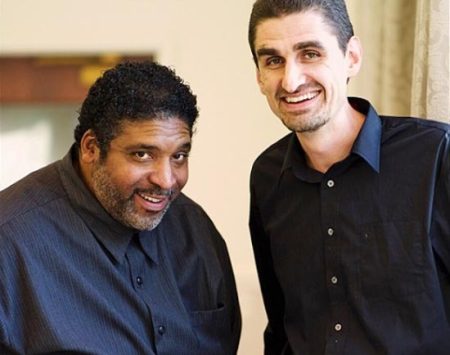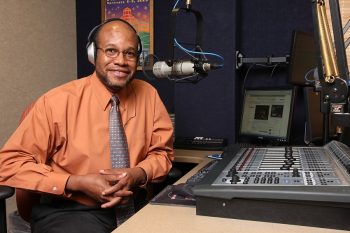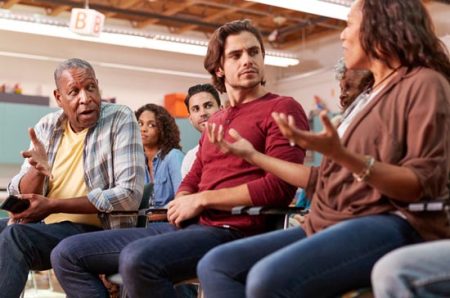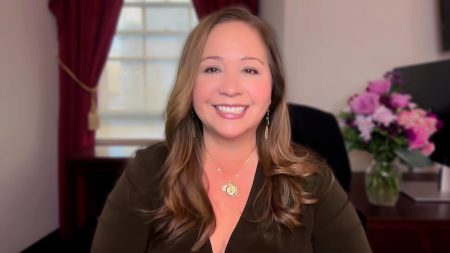Racism Hurts Everyone
by Katherine Liss
On April 30, the YWCA of Asheville joined more than 250,000 people nationwide in the national Stand Against Racism. Asheville’s YWCA enrolled 75 participating sites, the second largest number among the 70 YWCAs throughout the country that joined the event. The action was part of the national organization’s effort to bring attention to racial disparities in jobs, health, wealth, criminal justice, housing, education, and other issues that have a disproportionately negative impact on African Americans.
Some problems seem specific to Asheville, such as the disparity between its image as a “diverse” community and the reality. We have a diverse white population ranging from “new age” to old age. But, with 18 percent of the population being African American, and a growing Latino population, one has to ask, “Where are these faces on the streets of downtown, in the stores, restaurants, movie theaters? We don’t even see racial diversity in the low-wage workforce, or newspaper advertising.”
We have a history in this community of good will; Asheville is a place
where Building Bridges, which has been leading interracial dialogues for
17 years, and the Center for Diversity Education, with a similar
dedication to bringing race, religion, immigration, and other issues to
the schools and the public, have been able to flourish and grow.
Nor is it only people who have come into the community from elsewhere
who care about addressing differences; many people who were born and
raised here want to cross the bridges that span the chasm between black
and white, who want to meet our new neighbors and appreciate those who
have been here a long time.
This was demonstrated on April 30 by the variety of groups participating
in the Stand Against Racism, among them schools, universities,
non-profits, businesses, and religious organizations. Some staged large
public events, like the conversation at MAHEC with Dr. Dwight Mullen
from UNCA talking about the “State of Black Asheville.” Others held
smaller, private events, like the films shown by the Diversity Committee
at Mission Hospital. Some were for youth, like the walk from Isaac
Dickson elementary school to Pack Plaza; others aimed at adults, such as
the Walk around The Block—an excursion through the Eagle-Market Streets
area—by City of Asheville employees. In all these events people noted
that racism still exists, and that it is something we want to eliminate.
What that will take is more listening to each other, acknowledging the
history of hurt, and noting where we are making progress. We must also
notice where desegregation has not become integration, where equity is
not yet present, and recognize this isn’t a black problem, or an
immigrant problem, but it is a problem for all of us.
As the YWCA’s buttons said, “racism hurts everyone.” Our hope is to
build on this year’s success, and create a larger event next year with
greater impact. I ask that you let us know if you think of ways for us
to more deeply explore how racism shows itself in Asheville and how we
can effectively address it.








